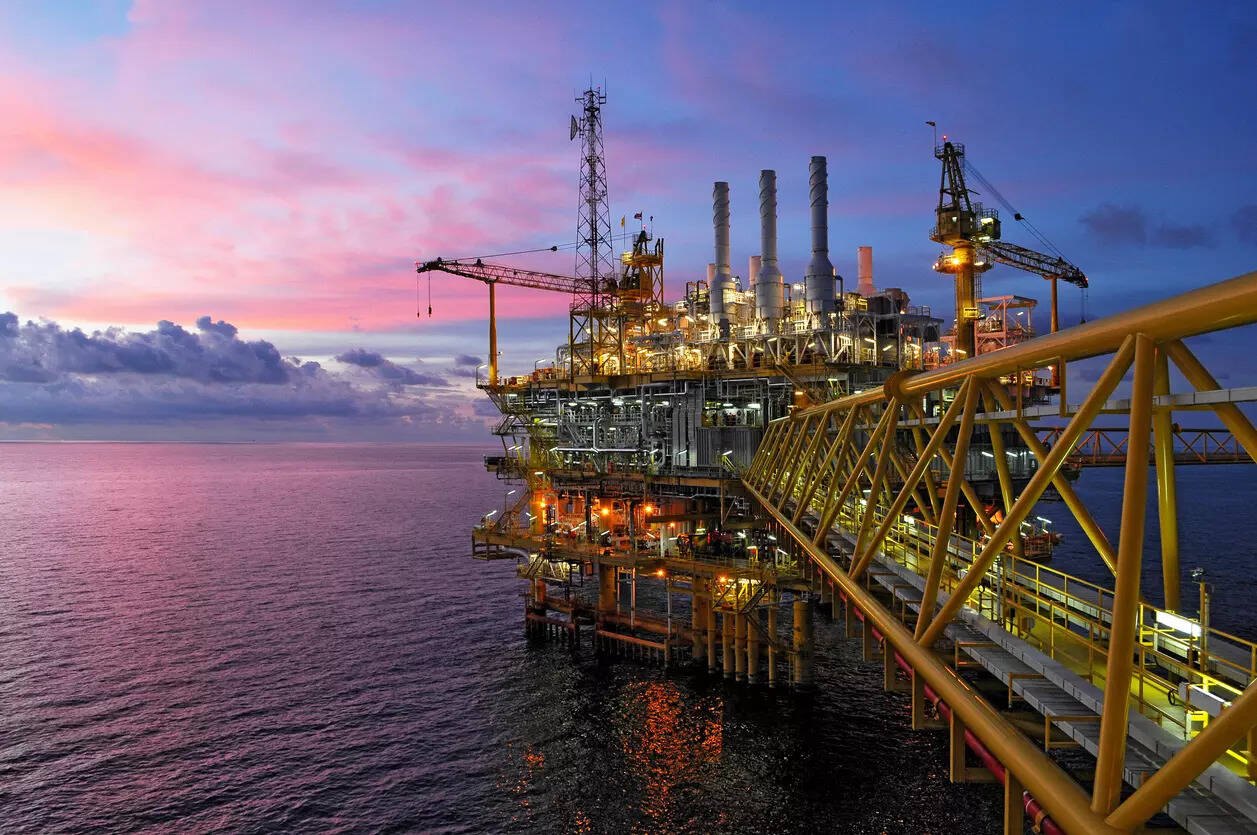
State-run oil travelers ONGC and Oil India Ltd are intending to begin a 3, 200 crore stratigraphic drilling project in untapped overseas locations early next year, as component of initiatives to discover brand-new hydrocarbon gets and cut reliance on imports, officials stated.
In the very first stage, four wells will certainly be pierced in deepsea of Andaman, Mahanadi, Saurashtra and Bengal sedimentary basins.
Worldwide power giant BP will offer technical knowledge in identifying the places in addition to exploration, authorities stated.
Stratigraphic boring – also referred to as a stratigraphic examination well – is a type of exploratory drilling aimed at examining below ground geological formations rather than creating oil or gas. These wells are drilled to gather data on subsurface layers through constant coring, petrophysical logging, and seismic data integration. The objective is to build a comprehensive geological profile to sustain future hydrocarbon exploration, without any instant intent to extract resources.
This will help reach a decision if the location holds hydrocarbon resources that might be readily created.
ONGC has mentioned that they have a rig and we want to begin boring at some time in early 2026,” an authorities associated with the procedure claimed.
The federal government has actually accepted compensate Oil and Natural Gas Company (ONGC) and Oil India Ltd (OIL) for the expense of the stratigraphic boring campaign. The 3, 200 crore estimated price likewise includes a charge to be paid to BP for its services, authorities said.
“The blocks (or areas) where the stratigraphic boring is to happen is currently owned by the government and it alone will make a decision just how any exploration needs to be monetised – either through auctioning the location or giving it to a firm or a consortium on a nomination basis,” another authorities said.
It is vague if BP wishes to belong to the monetisation. “It is entirely feasible that they require an initially right of rejection (ROFR) in any advancement – obtaining a predefined percent of risk in any kind of consortium that monetises a discovery. However nothing has been communicated up until now,” the authorities stated.
India imports nearly 88 per cent of its oil needs and regarding fifty percent of its natural gas requirement. The federal government is keen to reduce this USD 150 billion import bill by raising domestic production. One method of doing this is to locate more recent resources and the stratigraphic boring is a step in that instructions.
In a major action towards energy safety and security , the government has actually reduced ‘no-go’ areas – areas previously limited due to critical interests like defence and room programmes – by 99 per cent, unlocking over 1 million square kilometres of India’s Unique Financial Area (EEZ) for oil and gas exploration.
To make deepsea exploration sensible, the federal government has refined gas rates formulas, enabling greater prices for resources produced from hard areas.
In a quote to attract international exploration rate of interest, India launched a Data Centre at the College of Houston in 2022 to display its sedimentary container information. At the same time, the National Information Database (NDR) was updated to a cloud-based platform, allowing seamless, self-service access to expedition information. International energy titans like ExxonMobil and Chevron have since acquired Indian container data, reflecting restored self-confidence in the country’s expedition and manufacturing (E&P) possibility.
The Oilfields (Guideline and Development) Act was amended in March to present long-pending reforms and bring higher clarity to India’s hydrocarbon industry. Secret changes include a linked authorization system covering both traditional and unique sources – such as shale oil/gas, coal bed methane, and gas hydrates – together with specified lease tenures and problems. The changes likewise shield investors from mid-term policy shifts, such as the introduction of brand-new cesses or royalties.
Authorities claimed a stratigraphic well may take as long as three months to pierce and 3 to four quarters to translate the outcomes.